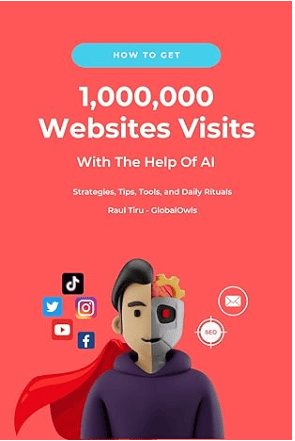Top Sides Hustles For Graphic Designers For Extra Income [2024]
Are you a Graphic Designer and looking for the Top Side Hustles you can do from home? This post will help you give an overview of options and opportunities for earning extra money as a Graphic Designer.
For Graphic Designers, the side hustles basically fall into the following categories:
- Starting your own Side Business or agency;
- Doing Graphic Design Freelance Work;
- Creating Designs and selling them on Design Platforms.
Let’s get into it!
Chapters
- 1. Blogging and Affiliate Marketing
- 2. Start a YouTube Channel
- 3. Design Templates for Digital Products
- 4. Print-on-Demand Merchandise Design
- 5. Designing and Selling Fonts and Assets
- 6. Designing and Selling Illustrations on Stock Sites
- 7. Designing and Selling Printable Coloring Books
- 8. Designing Logos
- 9. Teaching Graphic Design Online
- 10. Freelance Graphic Design Services
- Conclusion
1. Blogging and Affiliate Marketing

For graphic designers looking to diversify their income streams, exploring side hustles can be a game-changer. One particularly lucrative avenue is starting a blog coupled with affiliate marketing. This not just opens up a new revenue stream but allows designers to leverage their creativity in new ways. Here’s how graphic designers can navigate the world of blogging and affiliate marketing to potentially earn up to $10,000 per month once they’re well-established.
Start Your Own Blog and Dive into Affiliate Marketing
Creating a blog might seem daunting, but it’s a strategic move for graphic designers looking to establish a side hustle. Your blog can serve as a platform to share your expertise, showcase your work, and review products or software relevant to design. By integrating affiliate marketing, you can earn commissions by promoting products or services you trust and use.
Choose a Niche You’re Passionate About
Selecting the right niche is crucial. It could be anything from web design trends, typography, or even niche software tutorials. The key is to focus on areas you’re knowledgeable about and passionate about discussing. This specificity not only sets your blog apart but also makes it easier to target affiliate products that resonate with your audience.
Develop In-depth, Valuable Content
Depth and regularity in content creation are vital. For instance, if you choose to focus on typography, don’t just scratch the surface. Dive deep into topics like font pairing, history of typography, or how to choose the right typography for different projects. This approach helps build your authority and improve your blog’s SEO, driving more traffic to your site.
Check out our book and find out how you can use AI and Content Clusters to grow your website traffic the right way. We’ve built several profitable websites and share our knowledge in this condensed book.
Master SEO and Social Media Marketing
For graphic designers venturing into blogging and affiliate marketing, understanding the basics of SEO is non-negotiable. It’s what helps people find your content among the sea of information online. Similarly, a solid grasp of social media marketing can amplify your reach, bringing more eyes to your affiliate products and blog content.
Begin with Approachable Affiliate Products
Starting with simple, low-ticket items can ease you into affiliate marketing. Products or books related to graphic design can be a good starting point. As your blog grows, you can gradually introduce higher-value items or services, ensuring they align with your niche and audience interests.
Evaluate Affiliate Programs Carefully
Not all affiliate programs are created equal. Look for ones that offer reasonable commissions, have a fair cookie duration, and don’t set too high a threshold for payouts. Programs that offer recurring commissions for subscription-based products can be especially lucrative for side hustles.
Example: Diving into an Affiliate Program
Consider a hypothetical affiliate program tailored for graphic designers, focusing on design tools or resources. Here’s what to look for:
- Commission Rate: Ideally, a program that offers a substantial percentage per sale, making your efforts worthwhile.
- Cookie Duration: Longer durations mean you have a better chance of earning commissions from late conversions.
- Payout Threshold and Frequency: Lower thresholds and regular payouts keep the income flowing.
- Product Relevance and Quality: Promote products you’ve used and can vouch for, enhancing your credibility.
For graphic designers, blogging and affiliate marketing offer a viable path to earning a significant side income while sharing their passion for design. By focusing on creating in-depth content, optimizing for SEO, and carefully selecting affiliate programs, designers can build a dedicated following and monetize their expertise effectively. Remember, success in side hustles like these doesn’t happen overnight, but with persistence and creativity, the potential rewards are substantial.
2. Start a YouTube Channel
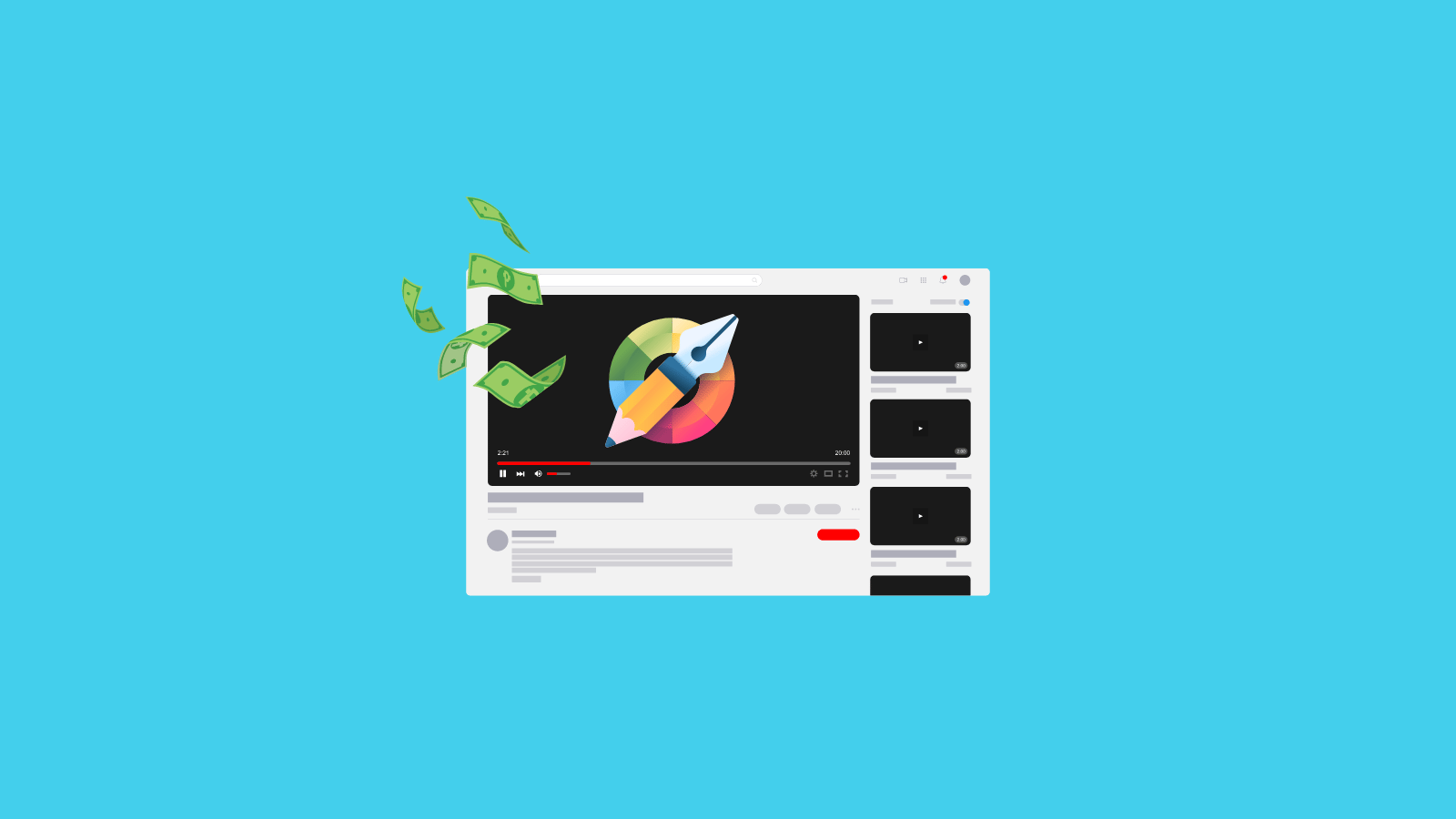
In the creative world, graphic designers are constantly exploring avenues to showcase their talent and earn extra income. One dynamic platform that offers vast potential for creative professionals is YouTube. With its global reach, YouTube provides a unique opportunity for graphic designers to turn their passion into profitable side hustles. Here’s how graphic designers can utilize YouTube to enhance their visibility and supplement their income. Check out our Ultimate Guide on Video Marketing to learn more if this is a side gig you would like to pursue.
Start with a Niche Focus
For graphic designers eyeing YouTube as a side hustle, the first step is identifying a niche. Whether it’s logo design, digital illustrations, software tutorials, or typography, focusing on a specific area allows designers to target a dedicated audience. This specificity not only helps in creating focused content but also in establishing oneself as an authority in that niche.
Create Engaging and Educational Content
The core of a successful YouTube channel lies in its content. Graphic designers can create tutorials, process videos, design critiques, or software tips. The key is to make content that is both informative and engaging, providing value that keeps viewers coming back. Sharing industry insights, design trends, and personal project walkthroughs can also add variety to your content.
Utilize Affiliate Marketing
Affiliate marketing is a powerful tool for earning passive income through your YouTube channel. By recommending design software, tools, or resources you use and trust, you can earn commissions on sales made through your affiliate links. Always disclose your affiliate partnerships to maintain transparency with your audience.
Offer Freelance Services
YouTube can be an excellent platform for graphic designers to showcase their skills and attract freelance opportunities. By demonstrating your expertise and creative process, potential clients can get a sense of your style and approach to design. Don’t forget to include your contact information and portfolio link in the video descriptions and channel bio.
Sell Digital Products
Another avenue for side hustles for graphic designers is creating and selling digital products. These can include design templates, fonts, brushes, or educational ebooks. Use your YouTube channel to promote these products, showcasing their application and benefits to drive sales.
Leverage YouTube’s Monetization Features
Once your channel meets YouTube’s monetization criteria, you can start earning through ads, channel memberships, and Super Chat features during live streams. While ad revenue can fluctuate, it provides a steady stream of income as your channel grows. Engaging with your community through memberships and live interactions can also boost your earnings.
Engage and Grow Your Community
Building a community is crucial for sustained success on YouTube. Engage with your audience through comments, encourage feedback, and possibly even create content based on viewer requests. Collaborating with other creators can also expand your reach. A loyal and engaged audience is the foundation of a successful YouTube side hustle for graphic designers.
For graphic designers, starting a YouTube channel can be a rewarding side hustle that not only fuels their creative passion but also offers financial benefits. By creating niche-focused, valuable content, leveraging affiliate marketing, offering freelance services, and engaging with a growing community, designers can effectively monetize their skills and knowledge. As with any side hustle, consistency, quality, and engagement are key to building a successful YouTube channel that enhances your brand and income as a graphic designer.
3. Design Templates for Digital Products
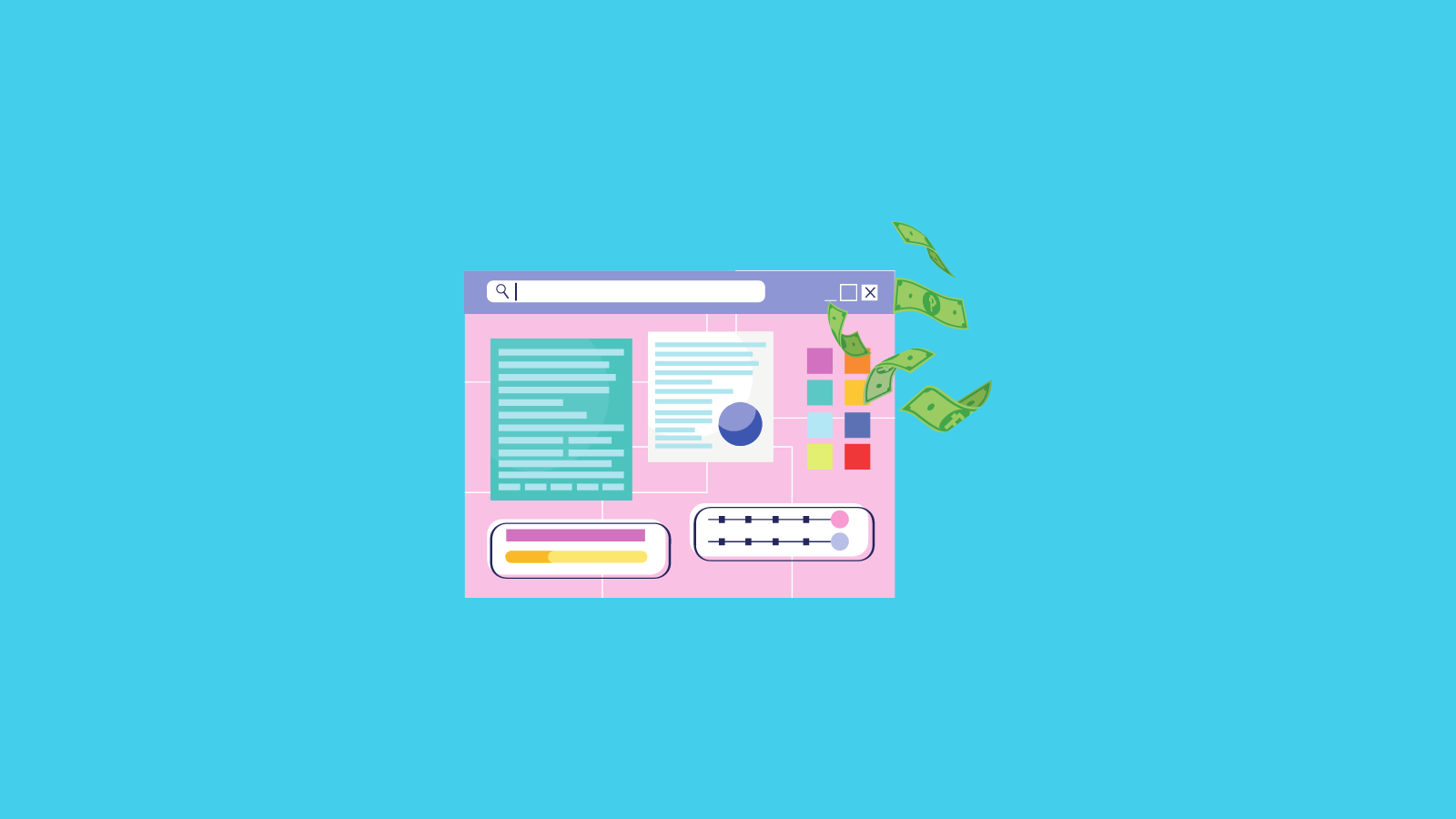
In the ever-evolving digital landscape, graphic designers are uniquely positioned to tap into lucrative side hustles that not only showcase their creativity but also promise a steady stream of passive income. Among the plethora of opportunities, designing templates for digital products stands out as a particularly attractive option. This approach enables designers to leverage their skills to create a diverse range of templates — from websites and social media to presentations and printable materials. The beauty of this side hustle lies in its initial investment of time and creativity, which can subsequently yield returns repeatedly without further effort.
Identifying and Creating Marketable Templates
The key to success in this side hustle for graphic designers is to identify niches or needs that are in high demand yet underserved. Templates for resumes, wedding planning, social media posts, and YouTube banners represent just the tip of the iceberg. Graphic designers should aim to understand the challenges and needs of their target audience, particularly small businesses and content creators who are constantly on the lookout for ways to enhance their online presence. By focusing on these needs, designers can create templates that not only stand out but also provide genuine value to their users.
Marketing Your Templates for Maximum Visibility
Once the templates are ready, the next step is to deploy effective marketing strategies to ensure they reach the right audience. Pinterest stands out as a powerful tool for visual marketing, allowing designers to showcase their templates in action. By creating engaging pins that highlight the utility and aesthetic appeal of their templates, designers can drive traffic to their sales platforms.
Platforms like Gumroad, Sellfy, and Etsy are popular choices for selling digital products due to their ease of use and large user bases. These platforms cater specifically to creators and entrepreneurs looking to sell their digital goods, offering built-in audiences actively seeking high-quality templates.
Expanding Your Side Hustle Portfolio
While digital product templates represent a fantastic starting point, graphic designers should not shy away from exploring other avenues to diversify their side hustles. Custom template requests, design consulting, and even educational content creation about graphic design are all avenues worth exploring. Engaging with the community, whether through social media or design forums, can also uncover new opportunities and insights into market demands.
For graphic designers, the creation and sale of digital product templates emerge as a highly viable side hustle, offering the potential for significant passive income. By continually refining their craft, understanding market needs, and effectively marketing their products, designers can establish a profitable and rewarding side hustle. The journey from concept to sale embodies the blend of creativity, strategic thinking, and entrepreneurial spirit that characterizes the most successful side hustles for graphic designers.
4. Print-on-Demand Merchandise Design
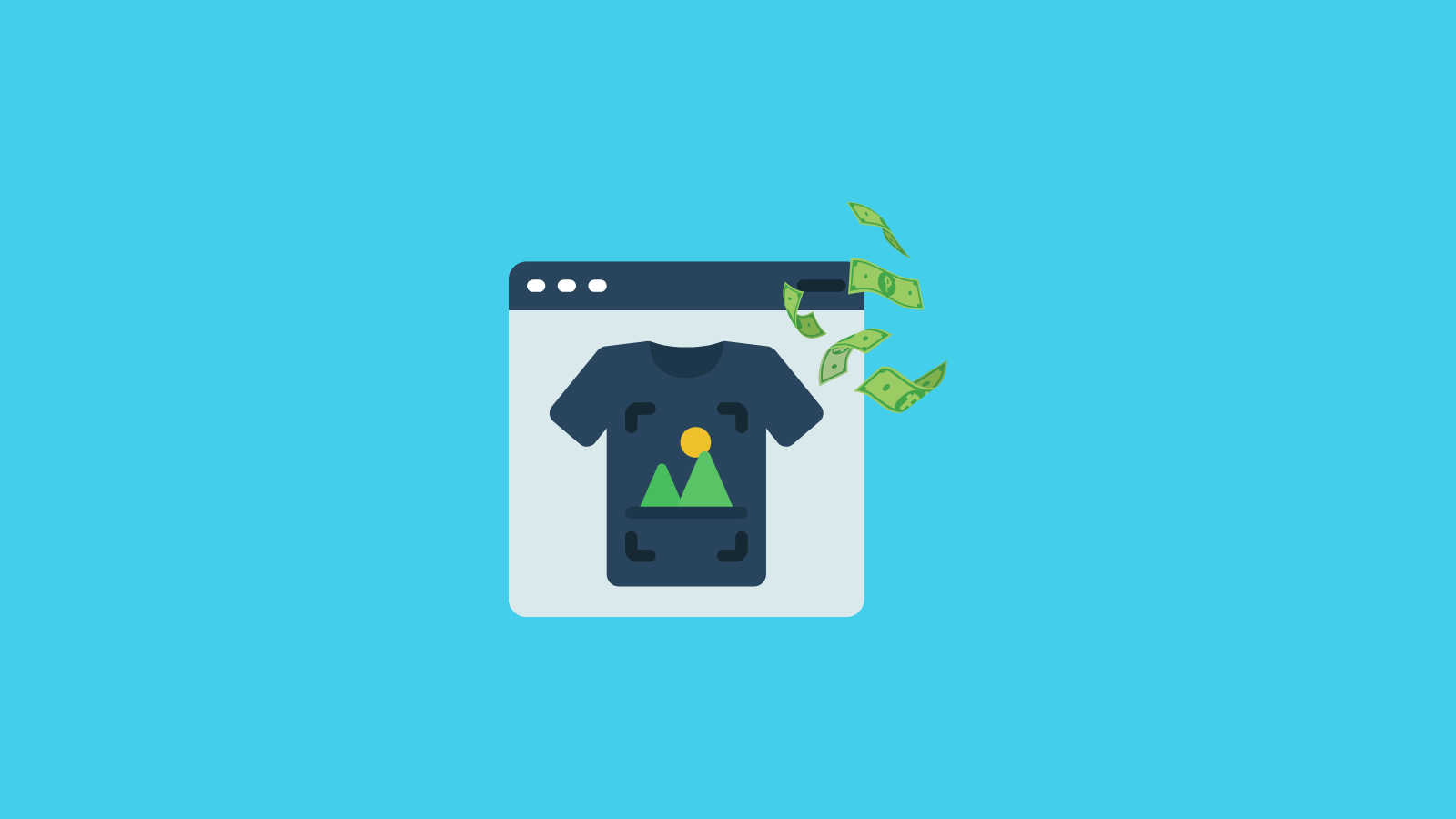
In the diverse world of graphic design, finding lucrative side hustles that complement your skills and interests can transform your creative passion into a profitable venture. One such avenue that has garnered popularity among graphic designers is the realm of print-on-demand merchandise design. This model presents an exciting opportunity for designers to monetize their artwork by applying it to a wide array of products, from T-shirts and mugs to phone cases, bags, stickers, and beyond. The beauty of print-on-demand lies in its simplicity: you create the designs, and the platform handles the rest, including inventory management, production, and shipping.
Tapping into Trends and Niche Markets
To thrive in the print-on-demand industry, staying abreast of current trends, memes, and popular TV shows can serve as a goldmine for design ideas. The dynamic nature of pop culture means that new trends emerge constantly, offering a steady stream of inspiration for your designs. Moreover, engaging with your social media followers by sharing mockups and gauging their interest can provide valuable feedback and generate buzz before your products even hit the market.
Choosing a specific niche can significantly enhance the appeal of your merchandise. Whether it’s a focus on environmental themes, retro gaming, fitness, or any other area you’re passionate about, a well-defined niche can attract a dedicated customer base. Investigating the offerings of other artists and designers can also offer insights into what products are resonating with consumers and where there might be gaps in the market.
Selecting the Right Platforms
When it comes to selling your print-on-demand merchandise, selecting the right platform is crucial. Platforms like Redbubble, Zazzle, and Printify are popular choices among graphic designers for their user-friendly interfaces, broad product ranges, and supportive communities. Each platform has its unique features and benefits, so consider your specific needs and goals when making your choice. For instance, some platforms may offer better profit margins on certain products, while others might have a wider reach or more customization options.
Marketing Your Merchandise
Effectively marketing your print-on-demand merchandise is key to turning your creative side hustle into a success. Utilize social media platforms to showcase your designs, share behind-the-scenes glimpses of your creative process, and connect with potential customers. Building a strong brand identity and telling the story behind your designs can also foster a deeper connection with your audience. Additionally, leveraging SEO strategies by using relevant keywords in your product descriptions and tags can improve your visibility on both the platforms and search engines.
For graphic designers looking to explore new side hustles, print-on-demand merchandise design offers a flexible and creative way to generate extra income. By leveraging trending topics, focusing on niche markets, and choosing the right platforms, designers can create and sell unique products that reflect their artistic vision. With the added benefits of not having to manage inventory or handle shipping, print-on-demand can be an ideal side hustle for graphic designers eager to expand their reach and monetize their skills. Whether you’re just starting or looking to grow your existing portfolio, the world of print-on-demand merchandise design is ripe with opportunities for creative and entrepreneurial graphic designers.
5. Designing and Selling Fonts and Assets
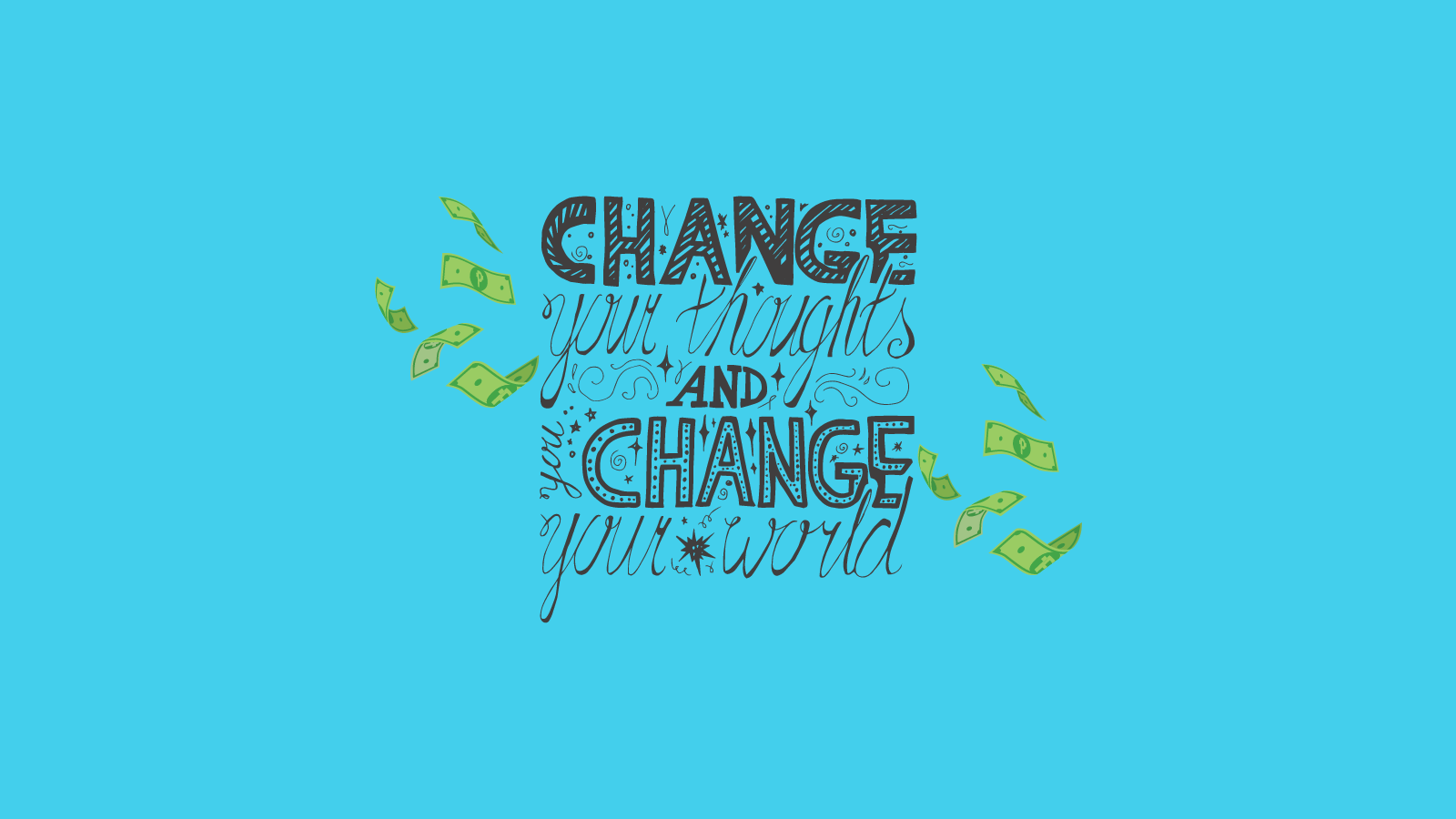
In the vast and varied field of graphic design, side hustles serve as a bridge between passion and profitability, allowing creative minds to explore new territories while enhancing their income. Among the myriad opportunities available, the creation and sale of custom fonts and graphic assets emerge as a particularly enticing prospect for graphic designers. With every brand’s constant need for distinctive typography and visual elements to stand out, graphic designers have a unique opportunity to cater to this demand by designing and selling their own fonts, icons, and other graphic assets.
The Significance of Custom Fonts and Assets in Branding
Typography, color schemes, and font selections play pivotal roles in brand identity, acting as subtle yet powerful nonverbal communicators of a brand’s essence and values. Custom fonts and graphic assets not only help brands differentiate themselves in a crowded marketplace but also add depth and character to their visual storytelling. This demand for unique, high-quality design elements opens up a lucrative side hustle avenue for graphic designers skilled in creating bespoke typographic and visual solutions.
Venturing into the World of Font and Asset Design
For graphic designers interested in tapping into this side hustle, platforms such as Creative Market, My Fonts, and Canva offer robust marketplaces to showcase and sell their creations. These platforms cater to a global audience of brands, designers, and creatives seeking original design elements to elevate their projects, making them ideal venues for designers to reach potential buyers.
Expanding Your Freelance Opportunities in Typography
The journey into font design and typography doesn’t stop at selling pre-made assets. Graphic designers can also explore freelance gigs focused on custom typography solutions. When searching for opportunities, it’s crucial to include a variety of terms related to the field, such as “type designer,” “font developer,” and “typographer,” to uncover all potential job avenues. This broad approach ensures that designers can tap into a wide range of projects, from developing brand-specific fonts to creating unique typographic artworks.
Conducting Market Research for Success
Before diving into font creation, conducting thorough market research is essential. Understanding current trends, identifying gaps in the market, and recognizing the unique needs of various industries can guide designers in creating fonts and assets that are not only artistically satisfying but also commercially viable. This strategic approach allows designers to fill niches that are underserved, increasing the likelihood of their products standing out and capturing the interest of potential buyers.
Side hustles for graphic designers, particularly in the realm of creating and selling fonts and graphic assets, offer a path to both creative fulfillment and financial gain. By leveraging their design skills to produce unique typographic and visual elements, designers can establish themselves in a niche market that values originality and quality. Platforms like Creative Market, My Fonts, and others provide the perfect stage for showcasing these creations, while freelance opportunities in typography allow for further expansion of one’s design portfolio. With careful market research and a keen eye for design, graphic designers can successfully navigate this side hustle, making a significant impact on brands and their visual identities.
6. Designing and Selling Illustrations on Stock Sites

In the realm of digital art and graphic design, the quest for rewarding side hustles leads many to the world of stock illustrations. This venture not only allows graphic designers to monetize their creativity but also to build a passive income stream that complements their primary work. The key to success in this arena lies in understanding and navigating the intricacies of copyright laws, identifying market demands, and leveraging popular stock sites to showcase your work.
Navigating Copyright Laws for Original Artwork
Before diving into the creation of stock illustrations, it’s crucial for graphic designers to have a solid grasp of copyright laws. Ensuring that each piece of artwork is completely original and not derivative of someone else’s work is paramount. This diligence not only protects you legally but also upholds the integrity and uniqueness of your portfolio, making your work more attractive to potential buyers.
Identifying In-Demand Illustrations
To maximize the potential of your side hustle, paying attention to market trends and demands within stock sites is essential. Conducting research on popular themes, subjects, and styles can inform your creative process, guiding you to produce illustrations that have a higher chance of selling. Whether it’s seasonal graphics, niche-specific icons, or versatile background images, creating content that meets the needs of a broad audience can significantly increase your visibility and sales.
Selecting the Right Platforms
Choosing the right platform to sell your stock illustrations is a critical step in this side hustle for graphic designers. Platforms like Shutterstock and Adobe Stock, are renowned for their vast user bases and diverse content needs, making them excellent choices for showcasing your work. Each platform has its own set of guidelines and royalty structures, so it’s important to review these details to ensure they align with your goals and expectations.
Building a Passive Income Stream
Uploading your illustrations to stock sites offers the allure of earning royalties, a feature that makes this side hustle particularly attractive. Once your artwork is uploaded and approved, you can start earning money each time someone purchases or licenses your work. This passive income model means that effort put into creating and uploading your illustrations can pay dividends long into the future, providing a steady income stream that supports your financial goals.
Some Stock Photo websites also allow AI-Generated images. If this is something that is interesting to you, check out the Best Text-to-Image Generators.
Tips for Success in Stock Illustration
To thrive in the competitive landscape of stock illustrations, consider these strategies:
- Continuously update your portfolio with new, fresh designs to maintain interest and relevance.
- Experiment with different styles and themes to cater to a wide range of buyers.
- Engage with the community and utilize platform tools to track which illustrations perform best, using these insights to guide future creations.
- Promote your stock portfolio on social media and your professional website to drive additional traffic.
For graphic designers exploring side hustles, creating and selling stock illustrations offers a flexible and financially rewarding option. By focusing on originality, staying attuned to market demands, and choosing the right platforms, designers can successfully tap into this income stream. The key to success lies in the quality and relevance of your illustrations, coupled with strategic marketing and consistent effort. As you grow your portfolio on stock sites, you’ll not only enhance your skills and visibility but also establish a lucrative side hustle that complements your passion for graphic design.
7. Designing and Selling Printable Coloring Books
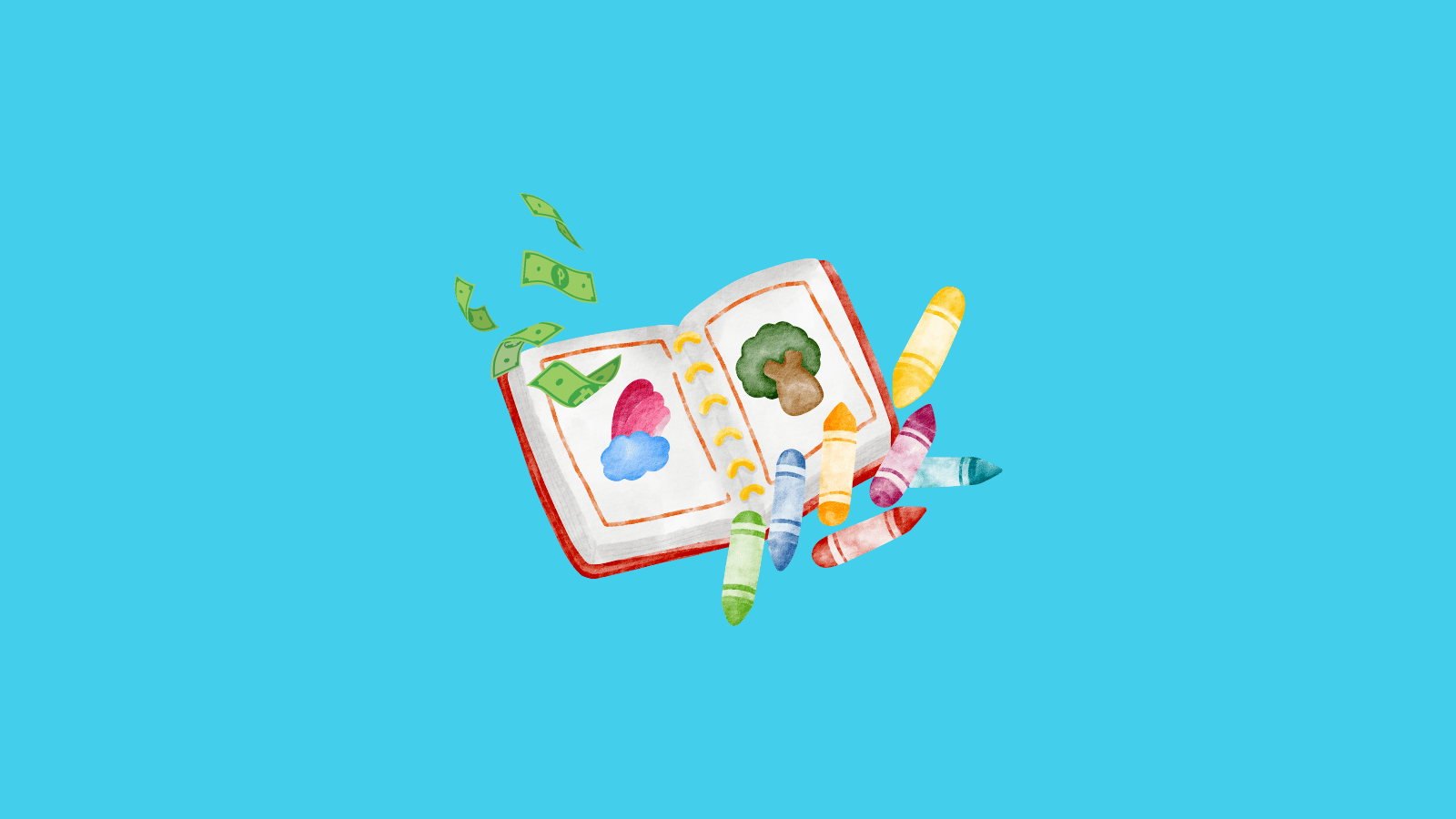
In the world of side hustles for graphic designers, creating printable coloring books emerges as a particularly colorful and creative option. This side hustle not only allows designers to flex their creative muscles but also to produce a product that brings joy and relaxation to people of all ages. With the rise in popularity of adult coloring books, coupled with the increased demand for at-home activities due to the pandemic, there’s never been a better time to dive into this niche.
Leveraging Design Skills for Creative Expression
Graphic designers possess a unique set of skills perfectly suited to the creation of printable coloring books. From intricate patterns to thematic illustrations, designers can apply their knowledge of color theory, composition, and design trends to create engaging and aesthetically pleasing pages. This venture not only provides a platform for personal creative expression but also offers the chance to explore various themes and subjects, ranging from nature and animals to abstract patterns and cultural motifs.
Meeting the Demand in a Pandemic-Era World
The pandemic has shifted how people spend their leisure time, with many seeking new hobbies and activities that can be enjoyed safely at home. Coloring books have seen a resurgence in popularity, offering a therapeutic escape and a break from screen time for both adults and children alike. By creating printable coloring books, graphic designers can tap into this growing market, providing a valuable resource for individuals looking for creative outlets during these times.
The Logistics of Selling Printable Coloring Books
The beauty of printable coloring books as a side hustle for graphic designers lies in their digital nature. Designers can create and digitize their artwork, then upload it to various online platforms where customers can purchase and download their designs. This model eliminates the need for physical inventory and shipping, simplifying the sales process and allowing designers to reach a global audience.
Platforms such as Etsy, Gumroad, and Creative Market are ideal for selling printable coloring books. These platforms cater to a wide audience looking for unique, downloadable content, making them perfect venues for graphic designers to showcase their work. Additionally, marketing your coloring books through social media, design blogs, and online communities can help attract attention to your products and drive sales.
Tips for Successful Printable Coloring Book Creations
To ensure your printable coloring books stand out in a crowded market, consider the following tips:
- Focus on quality and originality, ensuring that each page reflects your unique style and offers a satisfying coloring experience.
- Research current trends and customer preferences to inform your theme and design choices.
- Offer a variety of designs catering to different skill levels and interests to appeal to a broad audience.
- Consider creating themed coloring books for holidays, special occasions, or specific interests to capture niche markets.
- Engage with your audience through social media or a personal website to gather feedback and ideas for future coloring books.
Creating printable coloring books presents a fantastic opportunity for graphic designers looking for rewarding side hustles. This venture combines the joy of artistic creation with the potential for financial gain, all while providing a cherished product to consumers seeking creative enjoyment. As the demand for such products continues to grow, now is an excellent time for graphic designers to explore this avenue, turning their artistic visions into pages waiting to be colored.
8. Designing Logos
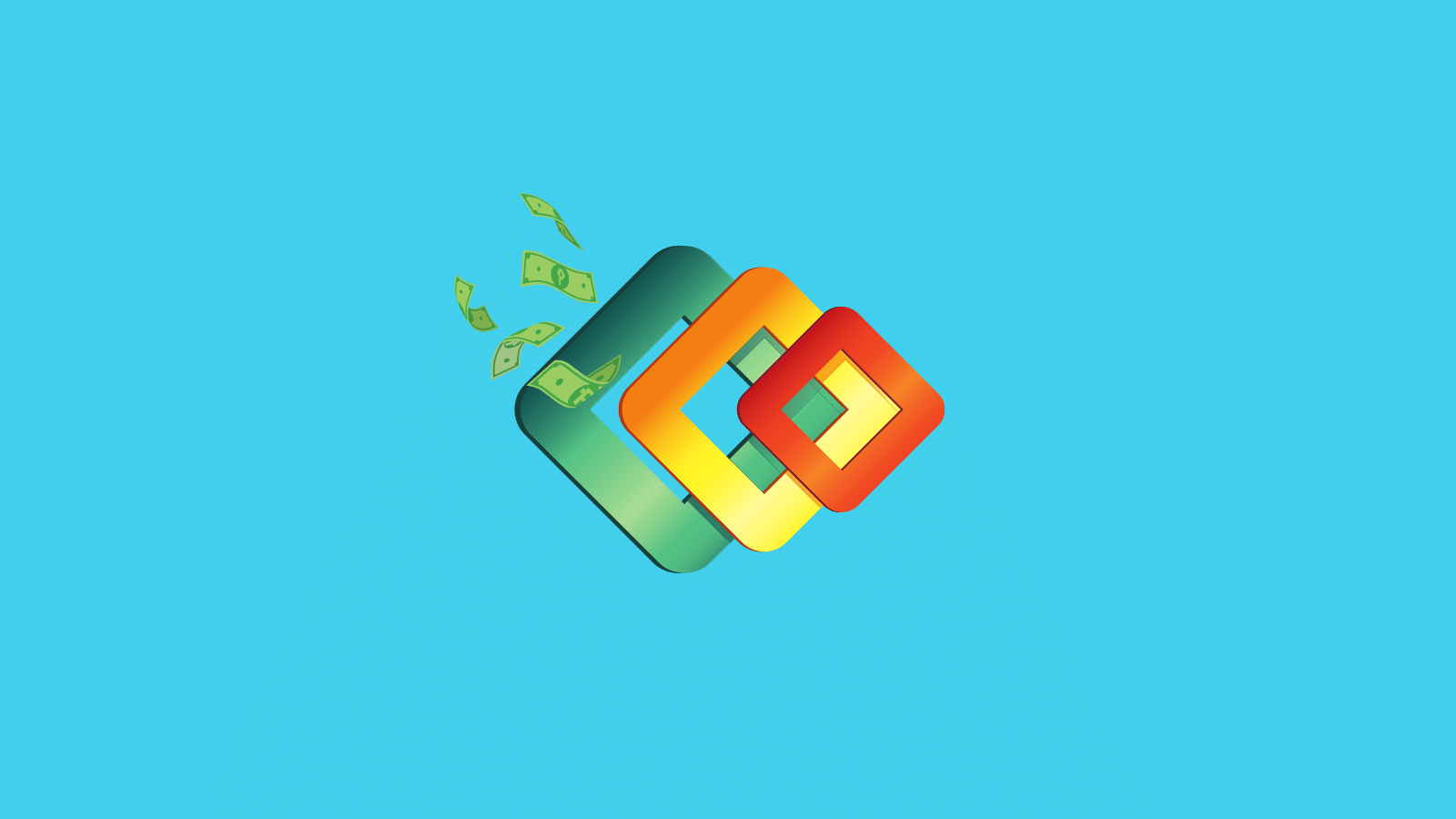
In the realm of graphic design, logo creation stands out as a quintessential side hustle for graphic designers. This area of design holds immense importance as it caters to the foundational aspect of a brand’s identity. Both burgeoning startups and established enterprises continually seek skilled designers who can encapsulate their vision into a distinct and memorable logo. This ongoing demand makes logo design not just a creative outlet but a potentially lucrative side hustle for those with a knack for brand storytelling and visual communication.
The Importance of Logo Design in Brand Identity
A logo is often the first point of contact between a brand and its potential customers, making it a crucial element of the brand’s overall identity. It embodies the brand’s ethos, values, and aspirations, serving as a visual shorthand for what the company represents. This is why businesses, regardless of their size, invest in professional logo design. For graphic designers, this presents a golden opportunity to apply their creative skills to help brands stand out in a competitive market.
Tapping into the Market for Logo Design
The market for logo design is both vast and varied, offering graphic designers numerous opportunities to showcase their talent. From local small businesses and online startups to influencers looking to brand themselves, the need for unique logos transcends industries. Engaging in logo design as a side hustle allows graphic designers to work on a variety of projects, each with its own set of challenges and creative requirements. This diversity not only aids in honing one’s design skills but also in building a rich portfolio that attracts more clients.
Strategies for Success in Logo Design
To excel in logo design as a side hustle, graphic designers should consider the following strategies:
- Understand the Brand: Deeply understanding the client’s brand, target audience, and industry trends can inspire designs that resonate well with the intended market.
- Build a Strong Portfolio: Showcase your best logo designs in an online portfolio. A diverse and impactful portfolio can attract potential clients by demonstrating your versatility and expertise.
- Network and Market Yourself: Leverage social media platforms, design forums, and professional networking sites to share your work and connect with potential clients. Word of mouth and referrals from satisfied clients can also be powerful tools for attracting new business.
- Stay Updated: Design trends evolve, so staying abreast of the latest styles, software, and techniques is crucial. Continuous learning ensures your logo designs remain relevant and appealing.
Navigating Challenges and Competition
While logo design can be a rewarding side hustle for graphic designers, it also comes with its challenges, including stiff competition and the need for originality. Standing out in a crowded market requires not just design skills but also a unique style, excellent communication with clients, and the ability to deliver designs that truly capture the essence of a brand.
Logo design offers a fertile ground for graphic designers looking to expand their income streams through side hustles. It’s a field where creativity meets commerce, allowing designers to play a pivotal role in shaping a brand’s first impression. By focusing on quality, client relationships, and continuous improvement, graphic designers can build a successful side hustle in logo design, turning their creative vision into iconic symbols that brands carry forward.
9. Teaching Graphic Design Online
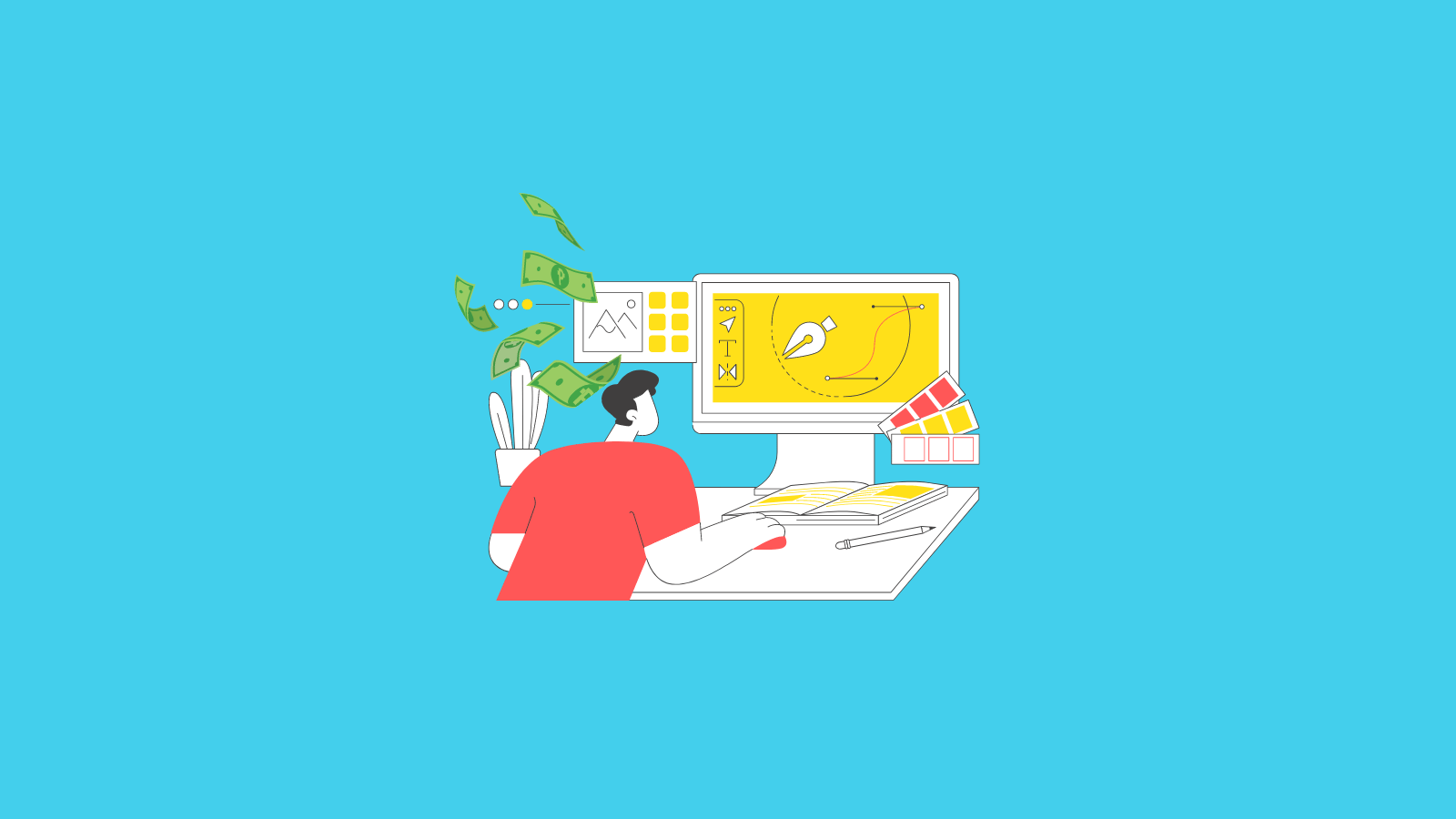
In the vast landscape of potential side hustles for graphic designers, teaching graphic design online emerges as a compelling and enriching opportunity. This path allows skilled designers to pass on their knowledge and expertise to the next generation of creatives, all while earning additional income. The digital era has revolutionized the way we learn, making online courses a preferred method for many to acquire new skills, including graphic design. For those with a passion for both design and teaching, creating online courses offers a chance to make a significant impact on up-and-coming designers’ careers.
Crafting Comprehensive Online Courses
Developing an e-course requires a deep dive into specific topics, providing a comprehensive and nuanced understanding that goes beyond surface-level learning. Whether you choose to conduct live sessions or prefer the convenience of prerecorded content, platforms like Udemy, Skillshare, and Coursera serve as gateways to reach eager learners worldwide. These platforms cater to a wide array of learning needs, from beginners looking to grasp the basics to advanced designers seeking to expand their skillset.
The Journey from Concept to Launch
Embarking on the journey of creating and launching an online course entails a considerable investment of time and effort. However, the demand for quality education in graphic design skills is high, with many willing to pay for the privilege of learning at their own pace. The key to a successful course lies in identifying your unique strengths and areas of expertise within graphic design. Reflect on what you excel at and consider how you can distill this knowledge into actionable lessons for your students.
Structuring Your Graphic Design Courses
When planning your online courses, think about the structure and content that will best serve your students. You could focus on a single comprehensive course covering a broad range of graphic design fundamentals or opt for a series of specialized classes that delve into specific areas such as typography, branding, or digital illustration. Whichever approach you choose, ensure that your courses are well-organized, engaging, and packed with valuable insights and practical exercises that allow students to apply what they’ve learned.
Marketing Your Online Graphic Design Courses
To ensure your online courses reach your target audience, strategic marketing is essential. Utilize social media, your professional network, and graphic design forums to spread the word about your offerings. Engaging with your audience through webinars, workshops, or free tutorials can also help build interest and demonstrate the value of your courses. Collecting testimonials and feedback from past students can further enhance your credibility and attract new learners.
The Rewards of Teaching Graphic Design Online
Teaching graphic design online as a side hustle not only provides financial benefits but also offers immense personal satisfaction. Witnessing your students grow and develop their skills, potentially shaping their future careers, is incredibly rewarding. Moreover, teaching forces you to stay at the forefront of graphic design trends and technologies, ensuring that you continue to grow as a professional.
For graphic designers with a knack for teaching, creating online courses is a fantastic side hustle that leverages their expertise for the benefit of others. By sharing your knowledge and passion for design, you can inspire and equip the next wave of designers, all while enriching your own career and personal growth. As the demand for digital learning continues to soar, now is the perfect time for graphic designers to explore the fulfilling path of teaching graphic design online.
10. Freelance Graphic Design Services

For graphic designers looking to diversify their income and explore new creative avenues, freelance graphic design emerges as an ideal side hustle. This path offers the flexibility to work on a project basis with businesses, startups, and individuals across a variety of industries. Platforms such as Upwork, Fiverr, and Freelancer.com serve as gateways, connecting talented designers with clients in need of their expertise. These platforms allow designers to showcase their portfolios far beyond their immediate networks, opening up opportunities that were previously inaccessible.
Embracing the Diversity of Freelance Projects
The realm of freelance graphic design is as diverse as it is rewarding, presenting an array of opportunities tailored to different skills and interests. Graphic designers can find themselves working on a multitude of projects, each with its own unique challenges and requirements. From conceptualizing and designing eye-catching book covers to creating memorable logos, from enhancing PowerPoint presentations to crafting user-friendly landing pages, the variety of projects available ensures that every designer can find work that not only matches their skill set but also ignites their passion.
Designers can also extend their services to include producing sales brochures that drive action, establishing comprehensive brand guidelines, or even venturing into the whimsical world of children’s book illustration. The beauty of freelance graphic design as a side hustle lies in its ability to adapt to the designer’s evolving interests and expertise, ensuring a continually engaging and fulfilling career.
Building a Stellar Reputation and Portfolio
Success in freelance graphic design hinges on the ability to deliver exceptional work that not only meets but exceeds client expectations. Securing a few initial projects and earning stellar ratings can set the foundation for a flourishing side hustle. A strong portfolio acts as a visual resume, showcasing your best work and demonstrating your ability to deliver high-quality design solutions. Incorporating testimonials, detailed screenshots, and samples of completed projects can further enhance your portfolio, making it more compelling to potential clients.
Showcasing a Broad Range of Skills
For those graphic designers who excel in multiple areas of design, it’s crucial to ensure your portfolio reflects the breadth of your talents. A diverse portfolio not only showcases your versatility but also opens up a wider range of project opportunities. By presenting a comprehensive overview of your capabilities, you invite clients with varied needs to consider you for their projects, thereby expanding your freelance opportunities.
Freelance graphic design stands out as a dynamic and lucrative side hustle for graphic designers eager to expand their creative practice and income streams. By leveraging online platforms to connect with a global client base, embracing the diversity of available projects, and building a strong portfolio, designers can carve out a successful freelance career. Whether you’re just starting out or looking to expand your freelance endeavors, the key is to remain passionate about your work, continuously seek out projects that challenge and excite you, and strive to leave a lasting impression on your clients.
Conclusion
There are a lot of Side Hustles for Graphic Designers and a lot of variety. You can teach Graphic Design, you can start your own website or YouTube channel, earn via affiliate marketing and ads, and create various designs that you can sell on platforms that already have traffic or on your own channels.
GlobalOwls Empowers you to become the best version of yourself
Check out the following resources and Grow!
